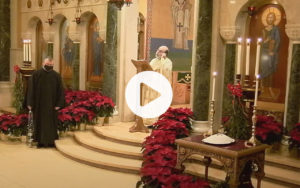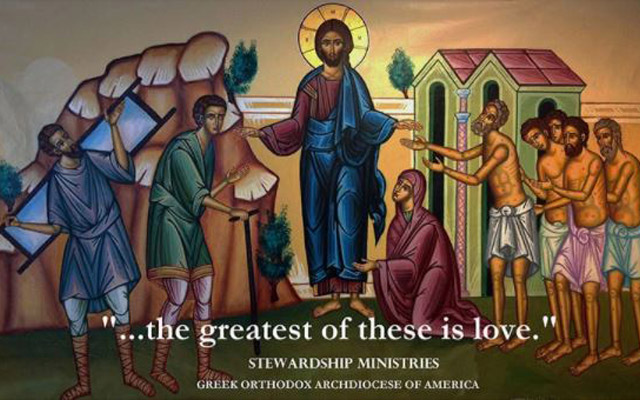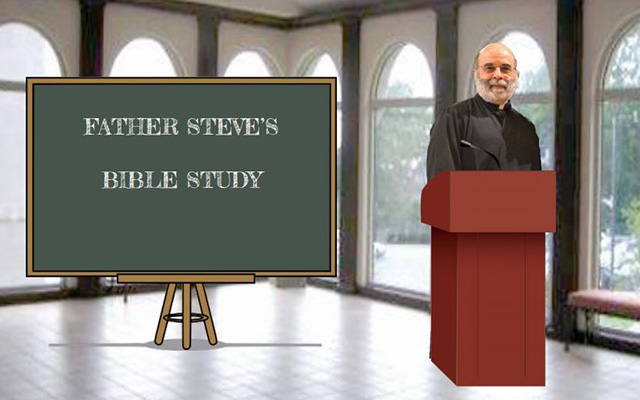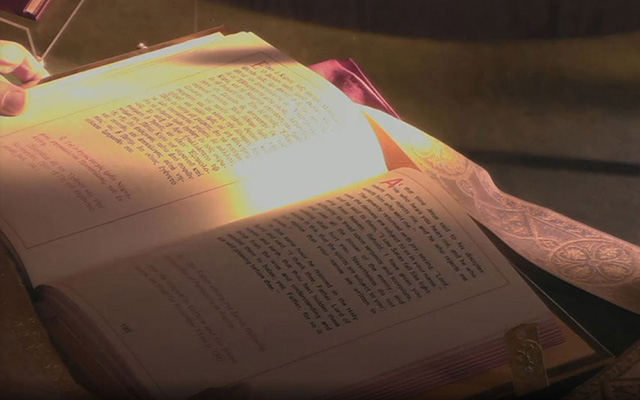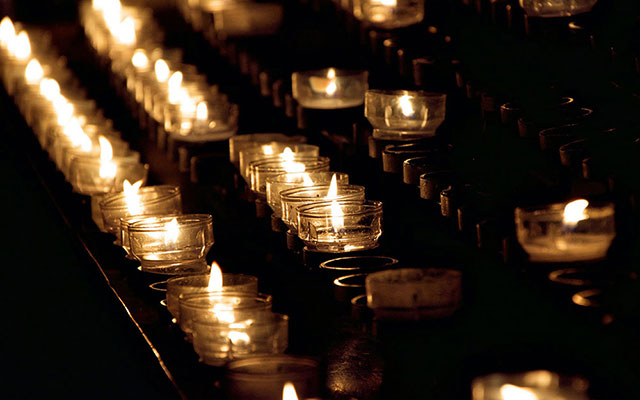Thursday of Cheese-fare. He Had to Become Like Us in Every Way
Therefore, He had to be made like His brethren in every respect, so that He might become a merciful and faithful high priest in the service of God, to make expiation for the sins of the people. For because He Himself has suffered and been tempted, He is able to help those who are tempted. Hebrews 2: 17-18 (Epistle on the Feast of the Annunciation-March 25) When mankind fell through the sin of Adam and


